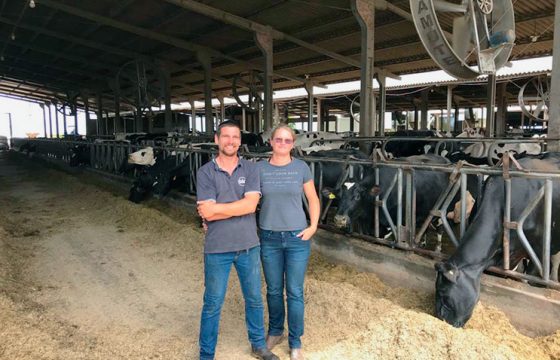Managing udder health in Automatic Milking Systems (AMS)
In this session of Quick talks, Tom Greenhanm will explain the “interesting challenge” of managing udder health in Automatic Milking Systems (AMS). As these systems have unique risk factors that need to be addressed.
Over the past decades, we’ve seen a decrease in AMS farms, but there are some variations depending on the farms. So the question is “Why?”
Dr. Greenham (advance milking) explains it very briefly: there are limitations when using AMS, and knowing those limitations will help us to find solutions, and in this way optimise udder health.
What are the limitations?
- Milking frequency and interval (is higher milking frequency positively related to udder health? Yes! If the advantages of having an AMS are correctly used).
- Infrastructure (this can have a huge impact on cow cleanliness, general health (foot- bathing positioning), and box visits).
- Concurrent disease (diseases that can influence udder health such as lameness for example).
- Teat hygiene/Machine hygiene (there’s no preference, but bear in mind that the robot doesn’t know if a teat needs “extra” cleaning).
- Milking conditions (milking is consistent, gentle and efficient, and the best point is to focus at quartet level, not at udder level).
- Mastitis detection (AMS have several different mechanisms, but even with these techniques, there is still low specificity, and in practice that means alerts for false positives, or cases missed….).
If you want to know more about these points, and the specific management strategies proposed with AMS systems, do not miss the Quick talk!
Thanks to Tom for collaborating on this initiative!


